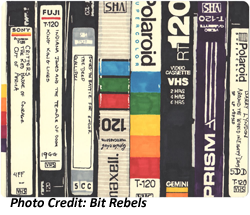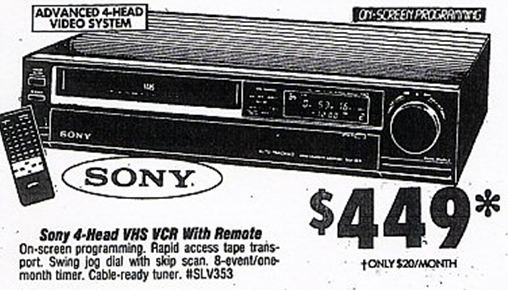 Given the shift towards consumerization and customer-centric marketing, the state of today’s digital experience is anything but consumer friendly. When I say “Digital,” I am referring to the customer touchpoints of web, apps, email, social, etc. The two areas which need the most and immediate improvement are the Web and email. I’ve said this before, but a Customer Interrupted is not going to be one that easily converts. In fact, it seems most brands on their quest for demand and lead gen opportunities have taken the customer out of CX altogether.
Given the shift towards consumerization and customer-centric marketing, the state of today’s digital experience is anything but consumer friendly. When I say “Digital,” I am referring to the customer touchpoints of web, apps, email, social, etc. The two areas which need the most and immediate improvement are the Web and email. I’ve said this before, but a Customer Interrupted is not going to be one that easily converts. In fact, it seems most brands on their quest for demand and lead gen opportunities have taken the customer out of CX altogether.
Maybe Someone Gave Mad Men the Keys to the Internet?
In the future when historians assign a label to this era, my guess is that it is not going to be called the Digital Age. It is true that “Digital Transformation” is on the minds of many CEOs, especially those in legacy industries. It is also true that the digital experience is believed to be a pivotal part of B2C and B2B purchases. And, yes marketing departments are trying to organize all functions under the digital umbrella.
IMHO, digital is the enabler or the means to the end, while consumers are the real drivers of change (not an Uber pun. Well maybe.). Digital technology helps businesses deliver on what consumers want. The Web provides consumers with instant access to information and peers to help make informed purchase decisions. Why? Because consumers don’t believe in advertising claims (do you?). So this is a head scratcher. According to BI, CMOs are on a bender when it comes to ad spending and it isn’t stopping anytime soon!
Nielsen recently updated their most hated advertising technique study in January and they surveyed non-IT and non-Marketing folks (smart). There was a four-way tie between “modal ads, autoplay video ads, intracontent ads, and deceptive links” of the most hated advertising techniques. Meaning:
Can you relate to any of these experiences? You are researching a personal medical issue and alongside the information you seek, a vendor thought it would be a good idea to ask you what your company’s cloud strategy ought to be. Or, you are on the road and trying to quickly pull up the local weather on your phone to locate an impending storm cell only to be interrupted by a furniture ad that won’t close. Or, having to constantly decide if the content you want to access is worth providing your information. You know that once you do, you have officially entered their pipeline as a dreaded lead.
Lead Generation is the “Gating Factor” in B2B.
Inconsistent gating, over gating & double gating can lead to bad experiences and can erode customer trust. Requiring data collection on some things and not others can cause confusing signals for users and will breed distrust. Walling off all content behind a lengthy form screams it. Tip: come up with gating standards that make common sense for your lead gen needs as well as the needs of the customer. Treat their trust as if it were currency.
Without a cohesive gating strategy, you can also run the risk of the personalization fail. Double gating for example happens when you require folks already in your database to reregister for content. But, it still isn’t as bad as this egregious personalization fail…

About 40 years ago, a song was written about the potential risks of aligning technology and innovation with the media arts. Specifically, it worried the VCR had gone too far. Before he penned the catchy tune in the late seventies, the songwriter had watched a science fiction film that depicted a world without sound and a famous opera singer was rendered obsolete as a result. Video Killed the Radio Star was number one on the charts.
If the digital experience continues down this intrusive path, the value to consumers will erode overtime. Today, putting consumers last is no longer an option. Just ask a former VCR manufacturer or a CEO in the Retail Industry (besides Jeff Bezos).

I’ll be attending the Denver Digital Summit this week, looking for some bright spots on the horizon. Follow me @jennymakeswaves and #DSDEN for news and learnings.

Senior Consultant
Jenny is a digital content strategist, who leads customer-centric engagements that focus on understanding B2B buying behaviors and developing custom roadmaps.
Her expertise is creating buyer personas and mapping digital content journeys to assess the multi-channel user experience. She helps clients operationalize plans across workstreams and identifies processes to create efficiencies in marketing operations. Jenny also has extensive time under her belt developing and managing customer advocacy programs and community building.
She has helped a diverse group of organizations including Cisco, VMware, Verizon, Microsoft, Dell, BMO Harris, Capital One and many others become more customer-centric.


